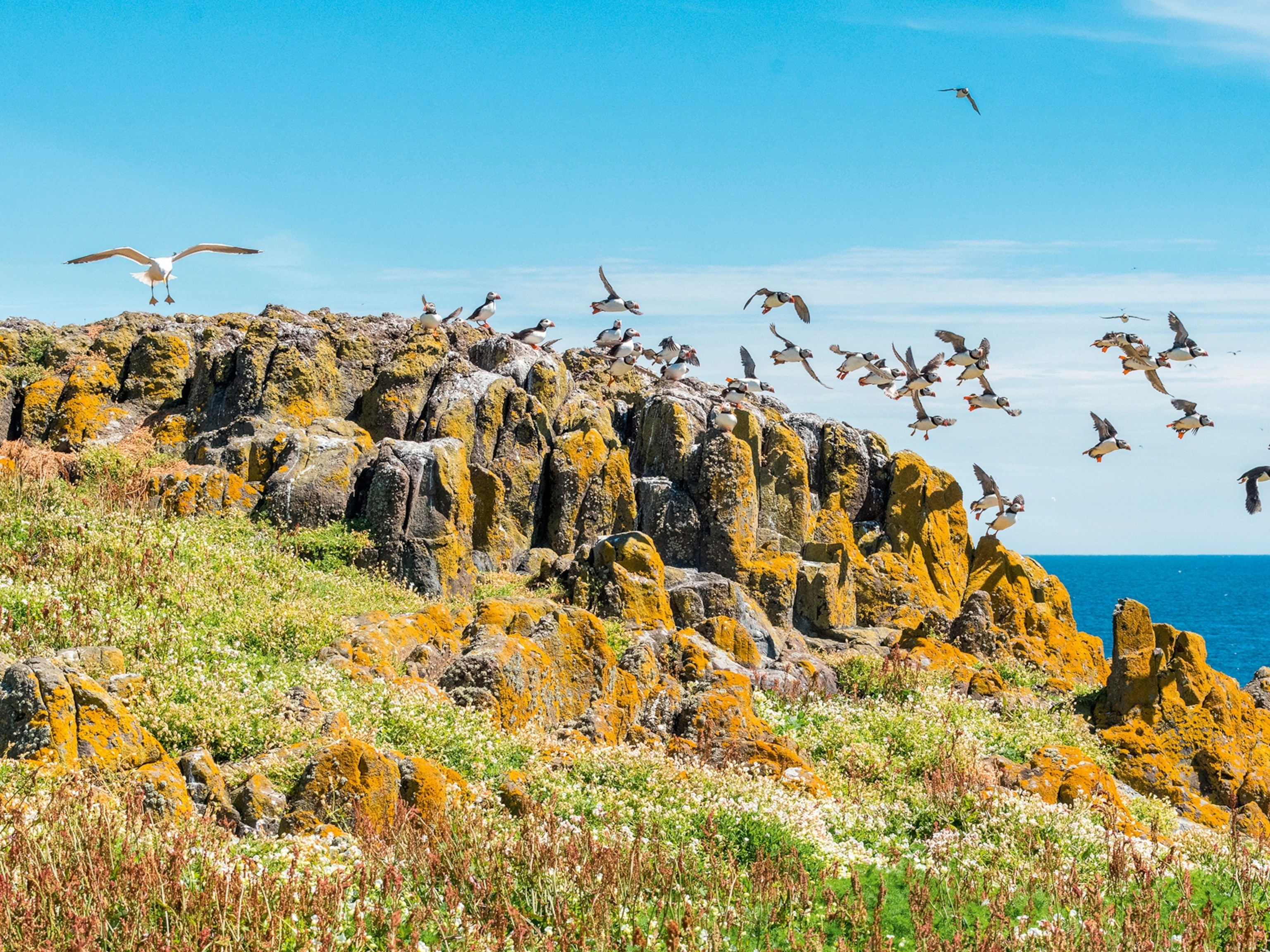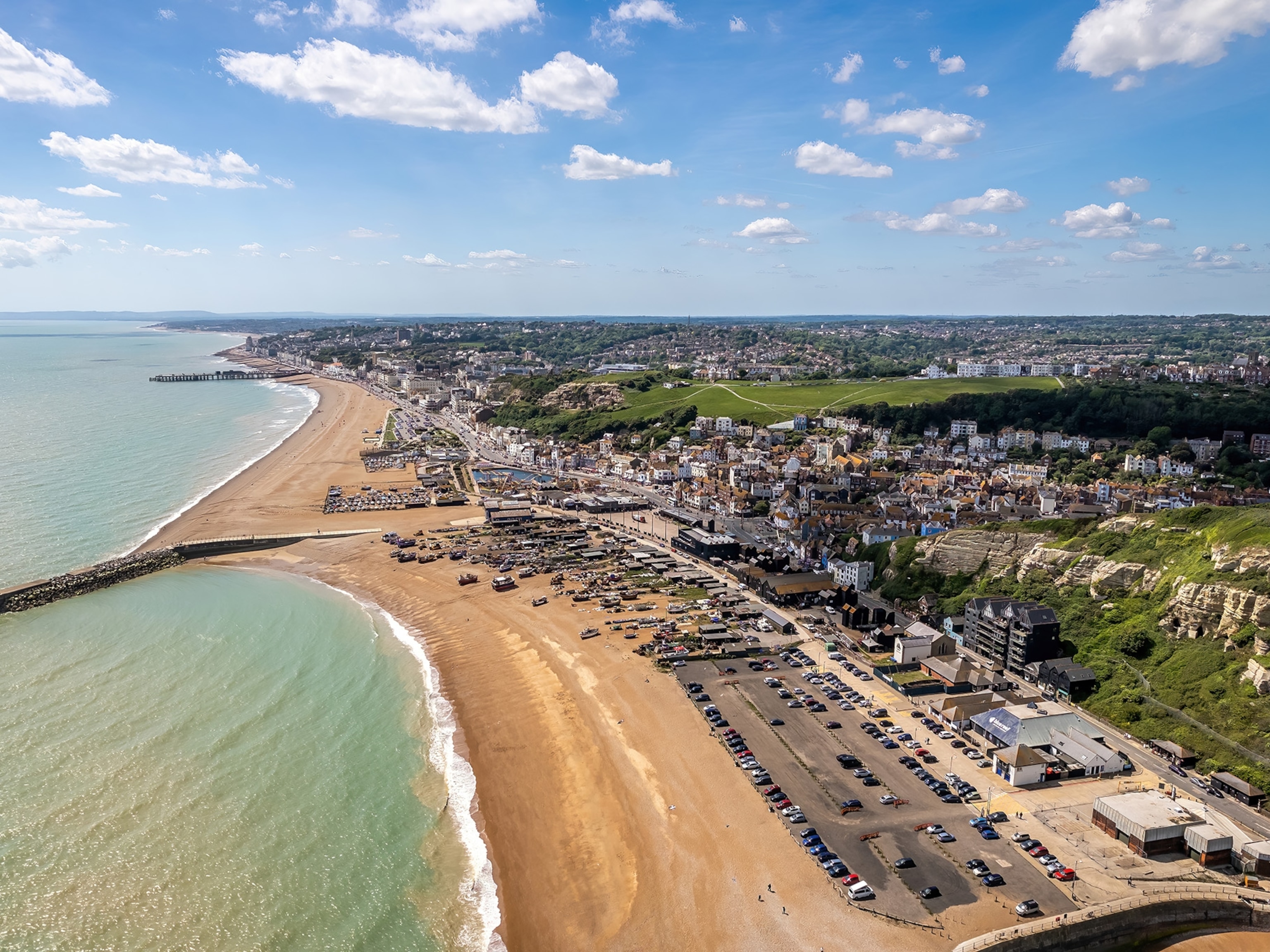
A practical guide to touring Scotland's islands, from midge-dodging to ferry bookings
Get the most out of your visit with our booking tips and packing advice.
Most of the 900-odd islands and islets off the coast of Scotland can be grouped into four main archipelagos: Shetland and Orkney in the north, and the Inner and Outer Hebrides in the west. They’re impossible to neatly define — some with rocky crags, some with shores so scenic they could stand in for the Tropics. Although remote, they can be busy, and it pays to plan in advance.
How far in advance should I book my accommodation?
Although you might get away with rocking up in towns like Stornoway and Lerwick and finding a bed for the night on the hoof, it’s worth remembering that you’re dealing with a rural region, and hotels are few and far between. If you’re travelling in the peak summer season or during school holidays, you’ll need to book several months in advance — if not longer — to secure the best rooms.
How frequent are the ferry crossings, and how far in advance should I book them?
The ferries are the lifeblood of the islands, so most major destinations have at least a daily link to the mainland. While you can often turn up at a ferry port and travel on the next available service, it’s always best to book your journeys in advance, especially if you’re travelling with a car.
CalMac, which serves many of the islands off the west coast, generally publishes its summer timetable in January and its winter schedule in September, with bookings opening in phases shortly afterwards. NorthLink Ferries, which serves Orkney and Shetland, usually publishes its timetable and opens bookings for the following calendar year in November. If you’re travelling between Aberdeen and Lerwick, you’ll sail overnight and will need to book either a cabin, sleeping pod or reclining seat — best done as far in advance as possible.
What should I pack?
Whatever your plans, you’ll need layers (thermal ones in winter), a decent rain jacket and waterproof shoes. Leave out the formal wear; the isles are a laid-back place, and even the fanciest dinner can be enjoyed in a jumper and walking boots.
Should I plan for rain?
The Scottish weather has a dreadful reputation, and there’s a reason so many Scots jet off in summer to destinations with guaranteed warm, dry weather. Scotland, and particularly its west coast, is a wet and windy place — but as islanders love to say, if you don’t like the weather, wait and it’ll change. This is a place where clouds tend to scuttle overhead rather than bed in for the long haul, so take the local advice to do things ‘between weathers’: when you get a sunny spell, make sure to make the most of it.
What about the midges?
Scotland’s famous midges can ruin an otherwise pleasant summer’s evening. While these teeny, flying insects are intensely annoying, their bites are harmless, and you won’t encounter them if it’s sunny, even slightly windy or outside the summer months. They like dark clothing, so wear lights and brights, and apply a liberal spray of Smidge insect repellent — it’s DEET-free and was invented by a Scottish midge expert.
Hebridean Hopscotch Holidays offers a six-night Hebridean Highlights self-drive trip taking in Lewis, Harris, Berneray, North Uist, Benbecula, South Uist, Eriskay and Skye. From £519 per person.
Getting there & around:
The Caledonian Sleeper travels overnight from London Euston to destinations including Aberdeen, Inverness and Glasgow. ScotRail has onward trains. CalMac operates regular ferries from mainland Scotland to the islands off the west coast, including Arran, Barra and Lewis. Orkney and Shetland are served by NorthLink Ferries, sailing from Aberdeen. Loganair flies an extensive range of routes, including Glasgow to Barra, Edinburgh to Stornoway and Aberdeen to Kirkwall.
When to go:
July and August are most popular, with average highs around 15-17C. April-June and September-October see smaller crowds than in the summer, plus a lower chance of weather-related ferry and flight disruptions than in the winter months. The puffin breeding season runs from late March to early August.
To subscribe to National Geographic Traveller (UK) magazine click here. (Available in select countries only).





